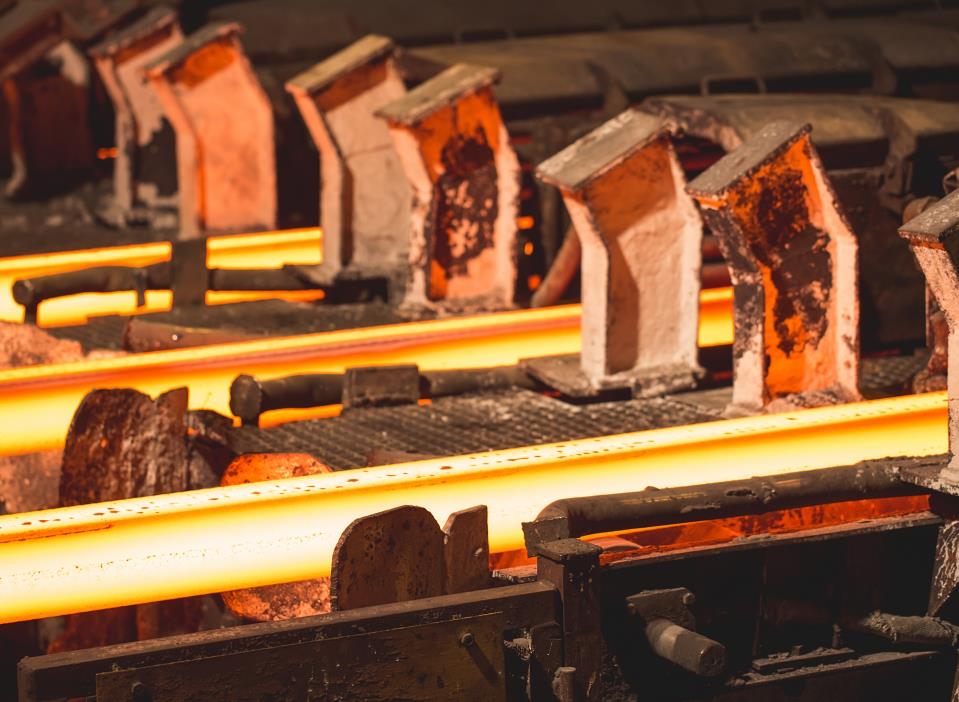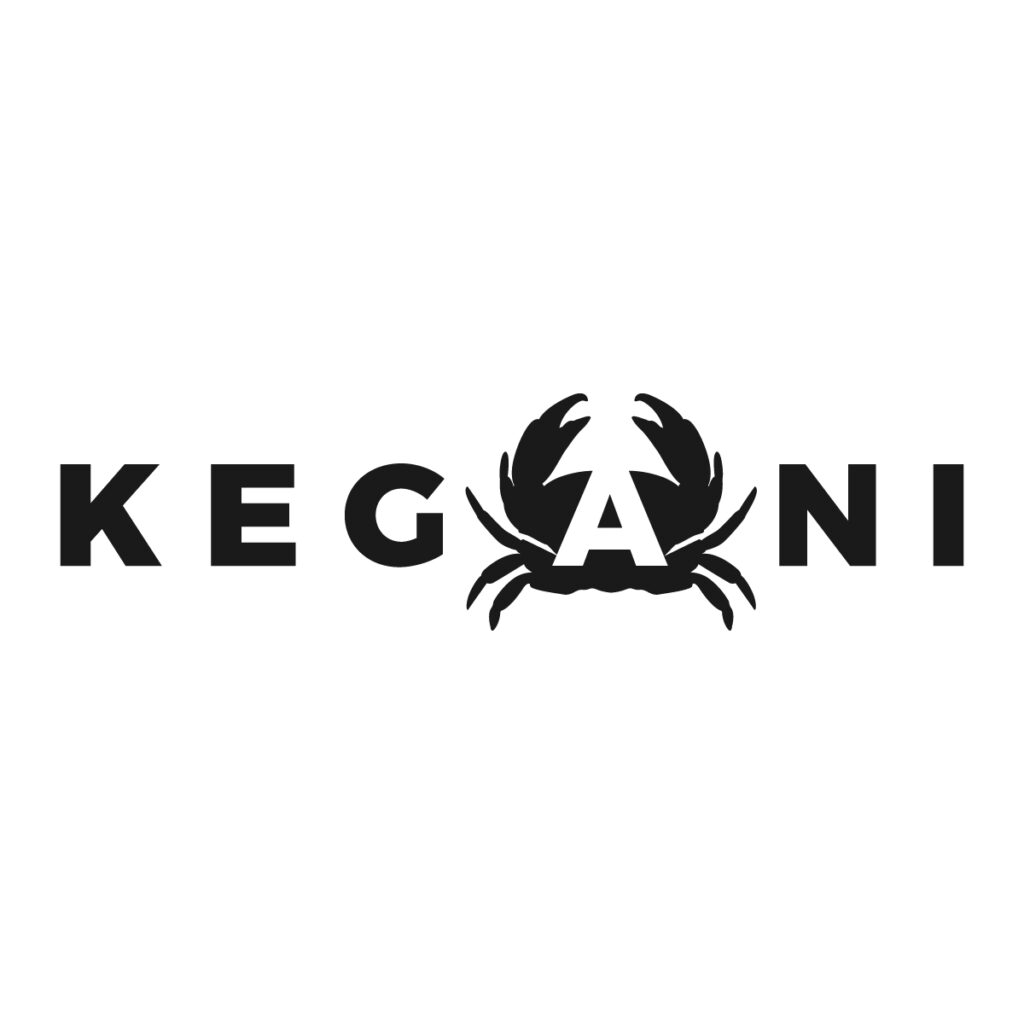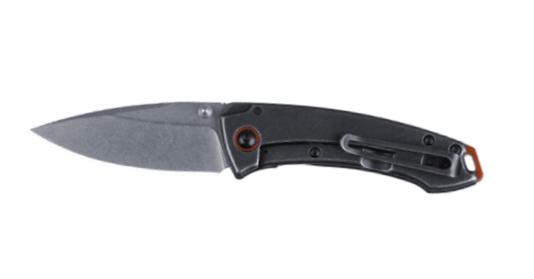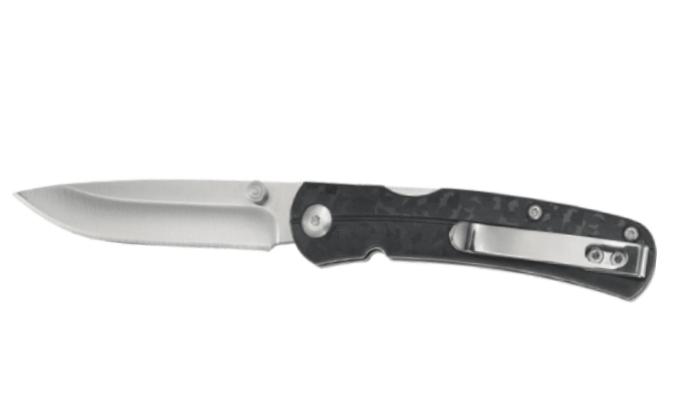Both 8Cr13MoV and AUS-8 steels are highly popular in the entry-level and mid-range knife market, celebrated as cost-effective options that offer a balanced mix of hardness, toughness, and corrosion resistance.
Many users and sellers often debate the subtle differences in their performance, such as edge retention and rust resistance. This article delves into those details to help you make an informed material selection decision.
Steel Overview: 8Cr13MoV and AUS-8

What is 8Cr13MoV Steel?
This is a mid-grade stainless steel produced by Chinese knife manufacturers, with a chemical composition and performance profile remarkably similar to Japan’s AUS-8. Renowned brands like Spyderco and Kershaw widely use 8Cr13MoV in their budget-friendly knife lines.
The steel is known for its ease of sharpening and good edge retention, making it ideal for everyday carry (EDC) knives and entry-level outdoor tools. Its low cost makes it a perfect choice for both manufacturers and consumers, especially when budget is a primary concern. To unlock its full potential, it requires a proper heat treatment.
What is AUS-8 Steel?
AUS-8 is a stainless steel produced by Aichi Steel Corporation in Japan. Since its introduction in the 1970s, it has become a classic choice in the knife industry for its versatility.
AUS-8 is commonly found in mid-range knives from brands like Cold Steel and SOG, valued for its ability to hold a sharp edge while withstanding moderate use. Its stable performance keeps it competitive in a crowded market. For a deep dive, see our AUS-8 steel guide.
Start Working with a Professional Now
Key Chemical Composition Comparison
| Element | 8Cr13MoV | AUS-8 | Function |
|---|---|---|---|
| Carbon (C) | 0.70%-0.80% | 0.70%-0.75% | Increases hardness and edge retention. |
| Chromium (Cr) | 13.00%-14.50% | 13.00%-14.50% | Enhances corrosion resistance. |
| Molybdenum (Mo) | 0.10%-0.30% | 0.10%-0.30% | Improves corrosion and wear resistance. |
| Vanadium (V) | 0.10%-0.25% | 0.10%-0.26% | Boosts wear resistance and edge stability. |
| Manganese (Mn) | 1.00% | 0.50% | Improves hardenability and toughness. |
| Nickel (Ni) | 0.20% | 0.49% | Slightly increases toughness and corrosion resistance. |
Composition Insights:
- 8Cr13MoV has a slightly higher carbon content (up to 0.80%), potentially offering higher hardness—ideal for frequent cutting tasks.
- AUS-8 features slightly higher nickel (0.49%) and vanadium (up to 0.26%), enhancing toughness and wear resistance for demanding tasks.
- Both have similar chromium content, classifying them as stainless steels suitable for humid environments.
Compared to other stainless steels, 8Cr13MoV and AUS-8 are mid-tier, below premium steels like VG-10 (superior corrosion and edge retention) or S30V (excellent wear resistance), but above entry-level steels like 420J2 (good corrosion resistance but lower hardness).
Performance Comparison: 8Cr13MoV vs AUS-8
| Performance | 8Cr13MoV | AUS-8 | Notes |
|---|---|---|---|
| Corrosion Resistance | Good | Slightly better | Both are stainless; AUS-8 excels in high-humidity/coastal environments. |
| Hardness | 58-60 HRC (up to 61 with good heat treat) | 58-60 HRC (up to 60 with good heat treat) | 8Cr13MoV can reach slightly higher hardness; AUS-8 balances hardness and toughness. |
| Toughness | Moderate | Moderate, slightly higher than 8Cr13MoV | AUS-8’s higher vanadium and nickel boost toughness for demanding use. |
| Edge Retention | Moderate, suitable for daily use | Moderate, slightly better than 8Cr13MoV | AUS-8 holds an edge longer, ideal for extended cutting and outdoor use. |
| Sharpenability | Excellent, easy to sharpen by hand or machine | Good, slightly harder to sharpen than 8Cr13MoV | 8Cr13MoV is easier for beginners and mass production. |
| Price | Low ($20-$50) | Medium ($40-$80) | 8Cr13MoV is more budget-friendly. |
Hardness
The two steels have comparable hardness levels, typically reaching 58-60 HRC with a proper heat treatment, which is ideal for most knife applications. While 8Cr13MoV’s higher carbon content (0.80% vs. 0.75%) could theoretically achieve a slightly higher hardness (as high as 64.5 HRC reported by Knife Steel Nerds), manufacturers usually temper both to a similar range to create a balance between hardness and toughness.
The real-world difference depends entirely on the manufacturer’s heat treatment process.
Toughness and Chipping Resistance
Toughness reflects a steel’s ability to resist chipping and breaking under stress. Thanks to its higher vanadium (up to 0.26%) and nickel (0.49%) content, AUS-8 steel exhibits better resistance to chipping and fractures, making it more suitable for high-impact tasks. Vanadium refines the grain structure, which improves both wear resistance and toughness, while nickel enhances overall impact resistance.
In user discussions on forums like BladeForums, it’s often noted that an AUS-8 edge is more likely to roll than chip, whereas 8Cr13MoV may be more prone to chipping when it encounters a hard object. This gives AUS-8 an advantage in high-intensity scenarios.
Edge Retention
Edge retention determines how long a blade stays sharp. While 8Cr13MoV’s higher carbon ceiling could offer a slight edge in light cutting tasks, AUS-8’s overall balanced composition and superior toughness often lead to more durable, real-world edge retention, especially in more demanding scenarios where chipping is a concern.
The actual performance is heavily influenced by the manufacturer’s heat treatment and quality control.
Corrosion Resistance
Both 8Cr13MoV and AUS-8 contain sufficient chromium (13-14.5%) to be classified as stainless steel, making them suitable for use in wet conditions. AUS-8 tends to perform slightly better in high-humidity environments (e.g., coastal regions). This is because its slightly lower carbon content reduces the formation of chromium carbides, freeing up more chromium to form a protective oxide layer. Additionally, the presence of nickel (around 0.50%) further boosts its corrosion resistance.
In practice, however, both steels will effectively resist rust and staining with routine maintenance.
Start Working with a Professional Now
Ease of Sharpening
Both 8Cr13MoV and AUS-8 are renowned for being easy to sharpen. Users can readily restore a keen edge with basic sharpening tools like whetstones. Due to its slightly lower alloy content, 8Cr13MoV may be marginally easier to sharpen, especially for beginners. AUS-8, with its fine carbide structure, is also simple to resharpen, making it great for knives that require frequent maintenance.
In practice, the difference in sharpening difficulty is minimal for most users.
Price
8Cr13MoV, being Chinese-made, is generally cheaper and widely used in budget knives (e.g., Spyderco Byrd series). AUS-8, as a Japanese steel, commands a higher price and is found in mid-range knives (e.g., Cold Steel). In the US market, 8Cr13MoV knives typically cost $20-$50, while AUS-8 knives range from $40-$80, depending on brand and design.
For OEM and bulk orders, 8Cr13MoV offers lower blank and finished blade costs, making it ideal for price-sensitive customers. AUS-8 is often used in mid-range and “Japanese steel” branded products, appealing to buyers who value Japanese manufacturing.
Recommended Use Cases: 8Cr13MoV vs AUS-8
Folding Knives and Tactical Knives
Toughness is key for folding and tactical knives, which must withstand bending, impact, and hard use.
- 8Cr13MoV: Offers reasonable toughness for most daily folding knife tasks. However, it is slightly less tough than AUS-8 and may be more susceptible to micro-chipping or breaking under high-stress prying or impact.
- AUS-8: Its superior toughness, thanks to vanadium and nickel, gives it better impact and chip resistance. This makes AUS-8 more reliable for tactical and hard-use folding knives that might face abuse, reducing the risk of damage from stress.
For more on folding vs. fixed blade knives, see our Fixed Blade vs Folding Knife Seller’s Guide.
Kitchen Knives
Kitchen knives require corrosion resistance, long-lasting sharpness, and easy maintenance.
- 8Cr13MoV: Its high ease of sharpening is a major advantage here. Users can quickly restore a sharp edge with a simple sharpener, making it great for beginners or budget-conscious home cooks. Its corrosion resistance is also adequate for a kitchen environment.
- AUS-8: Offers better edge retention, which is ideal for long prep sessions or cutting harder items like small bones. Its slightly better toughness also provides a more stable cutting experience. The higher cost is the main trade-off.
For more on kitchen knife steels, check out our VG10 Steel Guide and X50CrMoV15 Steel Guide.
Camping and Survival Knives
Camping and survival knives need durability and versatility for cutting, chopping, and prying in harsh environments.
- 8Cr13MoV: An excellent value choice that is corrosion-resistant and easy to sharpen in the field. It’s well-suited for light camping, EDC, and general outdoor tasks. Its toughness and edge retention are sufficient for light-duty work but may fall short in extreme situations.
- AUS-8: Better toughness and impact resistance make it suitable for heavier tasks like batoning wood or prying. Its durability and slightly better edge retention make it more reliable in harsh conditions. Furthermore, the blade shapes, such as a Tanto vs. Drop Point shape, will significantly impact performance in specific survival tasks.
Hunting Knives
Hunting knives need edge retention and corrosion resistance to process game and resist blood and moisture.
- 8Cr13MoV: A great budget-friendly option that is easy to touch up in the field. It is suitable for light hunting tasks where simple maintenance is a priority.
- AUS-8: The better choice here. Its superior edge retention is perfect for prolonged cutting, and its enhanced corrosion resistance holds up well against the elements. Its greater toughness also makes it more capable of handling tasks like cutting through hide and small bones without chipping.
For more on hunting knife anatomy, see Parts of a Hunting Knife.
Conclusion

8Cr13MoV and AUS-8 are both reliable, affordable, and versatile knife steels.
8Cr13MoV stands out for its incredible value, ease of sharpening, and respectable performance, making it a top choice for everyday and budget-oriented buyers. AUS-8 offers a slight but noticeable upgrade in toughness, edge retention, and corrosion resistance, positioning it as the preferred option for more demanding outdoor and tactical applications.
For knife sellers targeting the international market, the choice between these two steels should align with your product’s positioning and target user.
Partner with Keganico for Your Knife Manufacturing Needs
At Keganico.com, we specialize in OEM, private label, and wholesale knife solutions tailored to your business needs. Whether you’re sourcing 8Cr13MoV, AUS-8, or other popular steels, we offer:
- Custom Knife Manufacturing: Full OEM/ODM support, from design to mass production.
- Private Label Services: Build your own brand with flexible customization options.
- Bulk & Wholesale Orders: Competitive pricing for large quantities, with fast lead times.
- Material Expertise: Guidance on steel selection, blade shapes, handle materials, and more.
- Quality Assurance: Strict QC and reliable supply chain management.
- Global Shipping: Serving clients worldwide, with experience in compliance and logistics.
Ready to get started? Request a quote now or contact our team for expert advice on your next knife project!



